
Xiamen Huihe Stone Cultural Park is located in Lu Ling Road, Huli District, Xiamen City. It covers a total area of 42,000 square meters and has been awarded the titles of "National 4A-level Tourist Attraction, National Intangible Cultural Heritage Protection Unit, National Most Beautiful Cultural Space, and National Top 50 Cultural Heritage Routes". The park has been deeply engaged in the cultural tourism industry for nearly 40 years, taking a path of integrating intangible heritage and tourism, and culture and tourism. It receives 500,000 visitors annually and is an intangible heritage inheritance base and comprehensive cultural tourism scenic area integrating stone carving art exhibition, artistic creation, cultural exchange, tourism leisure, and education learning.
Huihe Stone Cultural Park was built based on the characteristics of Fujian Province and the craftsmanship skills. Using stones as the carrier, it has embarked on a path of integrating intangible heritage, culture, and tourism. Based on the local cultural context of "Fujian Stone City", it has formed multiple distinctive cultural tourism routes around Fujian stone culture and shadow carving intangible cultural heritage.
Huihe Stone Cultural Park beautifully presents the theme of "Stone Culture and Stone Carving Skills", leaving foreign and Chinese tourists in awe. By strengthening the park's stone culture theme, it tells the story of Chinese intangible cultural heritage. In the Huihe Stone Carving Museum and Shadow Carving Art Museum, there are stone carvings from the Northern Qi Dynasty to the Ming and Qing Dynasties, as well as stone carvings from modern times to the present, covering different styles such as the Northern School, Southern School, and Lingnan School. At the same time, it showcases the national intangible heritage Huihe Shadow Carving Skills. The various themes of shadow carvings in the museum have typical representativeness and high artistic value.
The Huli District Family Rules and Family Traditions Museum within Huihe Stone Cultural Park was established by the Huli District Discipline Inspection Commission and is the first family rules and family traditions museum built in a park in Fujian Province. This museum focuses on promoting traditional family rules and family traditions, and through various forms of expression, it promotes the family rules and family tradition stories of national, Fujian, Xiamen, and Huli historical figures, aiming to further explore the spiritual connotations of "upward, virtuous, and honest" in traditional family rules and family traditions, and widely publicize and mobilize the importance of family, family education, and family style construction to create a clean and upright atmosphere.
Huihe Guxin Cao is located within Huihe Stone Cultural Park, telling the story of the diligence and wisdom of the people of Fujian Province through classic red bricks and white stones, with gable eaves and upturned corners. Inside the house, intangible heritage and cultural tourism performances are staged one after another, allowing tourists to experience the charm of traditional culture.
Huihe Stone Cultural Park has a profound historical heritage of stone culture and the essence of Fujian culture. It combines nature and cultural landscapes, featuring both static collection exhibitions and dynamic cultural performances. Culture and art complement each other. The park receives 500,000 domestic and foreign tourists annually, including 50,000 from Hong Kong, Taiwan, and overseas Chinese, and 100,000 from the youth group. Through the innovative form of "intangible heritage +", it has developed multiple distinctive cultural tourism routes, such as intangible heritage study tours, art party building tours, Huihe Stone Enjoyment Tours, and traditional culture immersive tours. With rich activity contents, it has become a national cultural tourism integration model case that is "small but special, small but excellent, small but beautiful, and small but refined", responding to important national strategies such as the revival of traditional culture, cultural tourism integration, and intangible heritage inheritance.
Source:Xiamen Municipal Bureau of Culture and Tourism

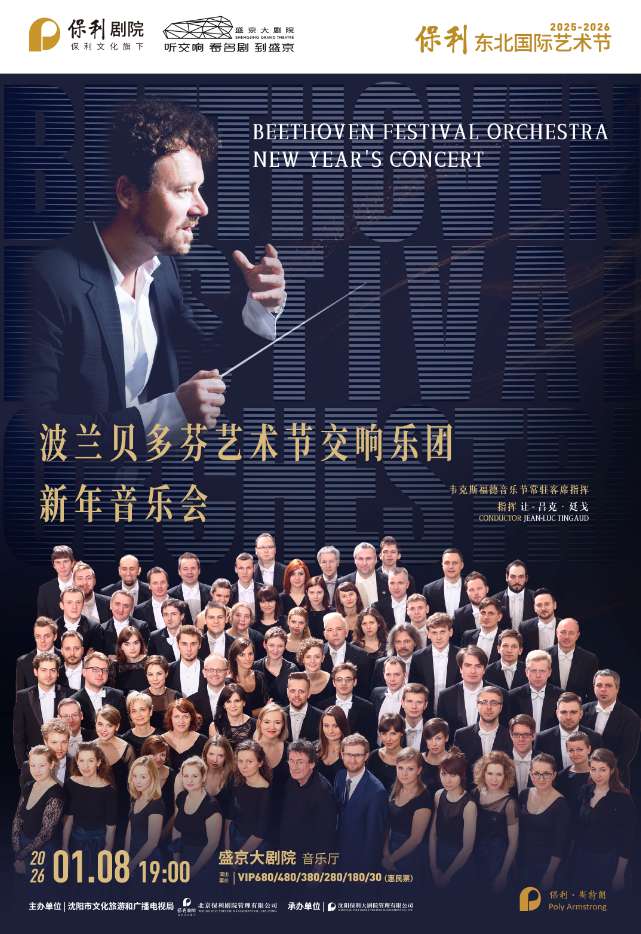
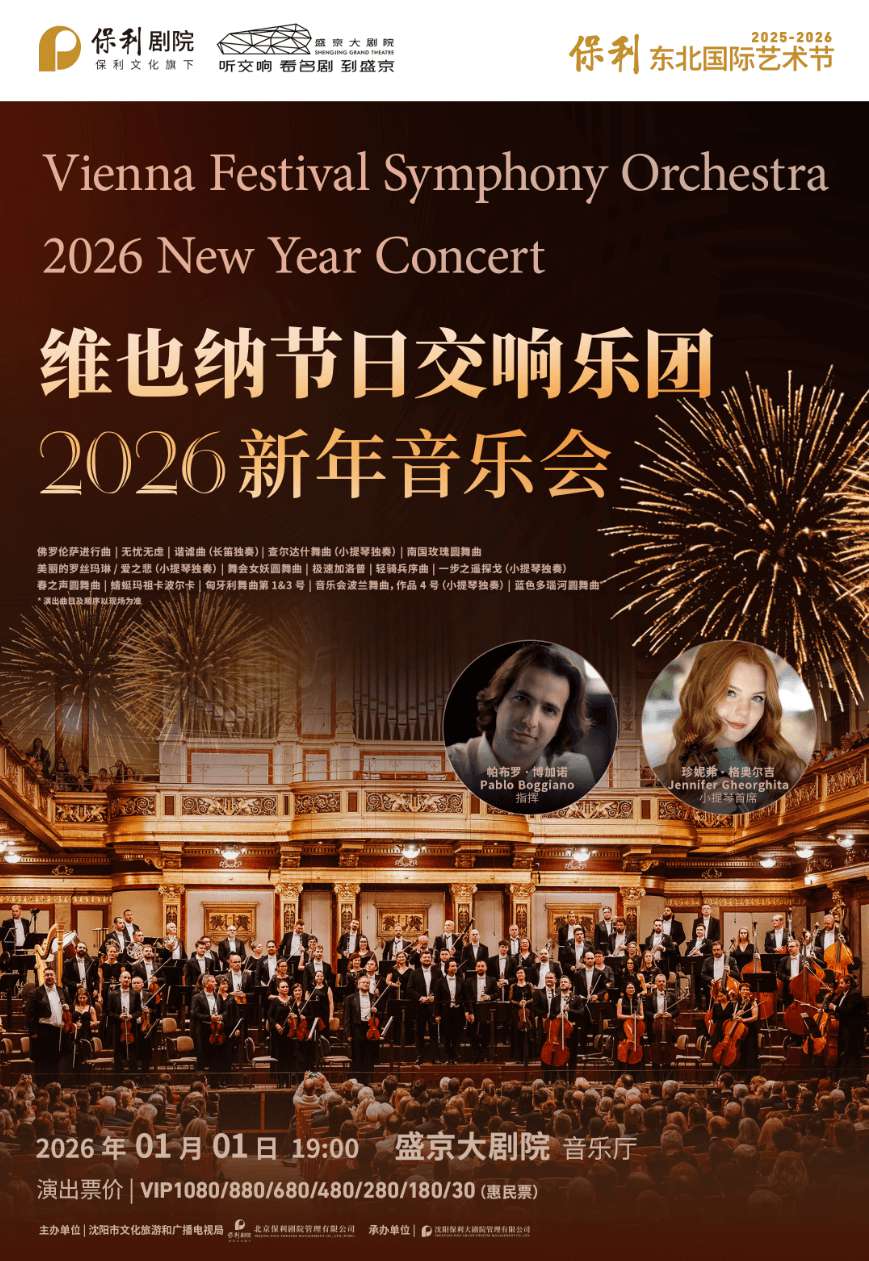
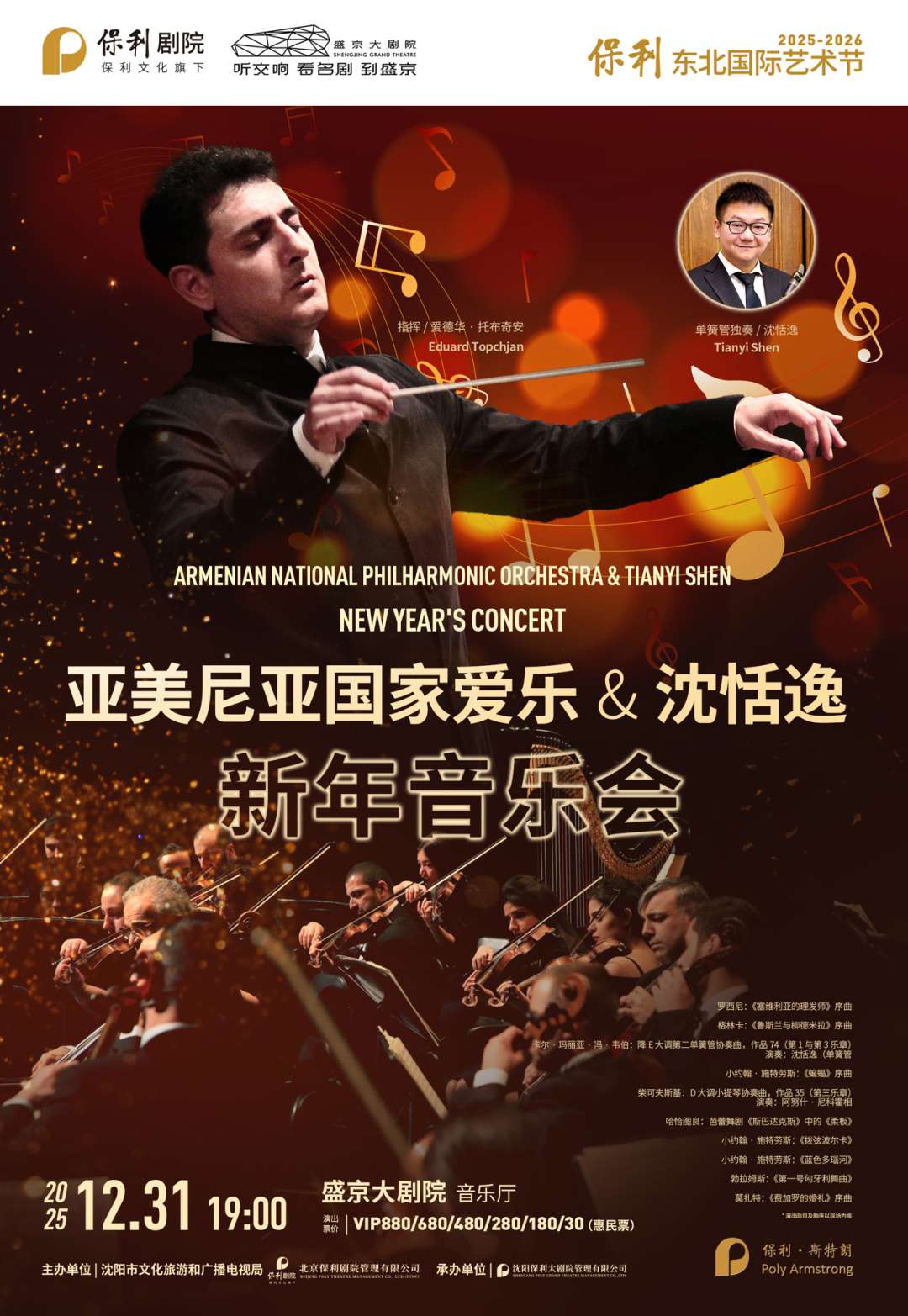
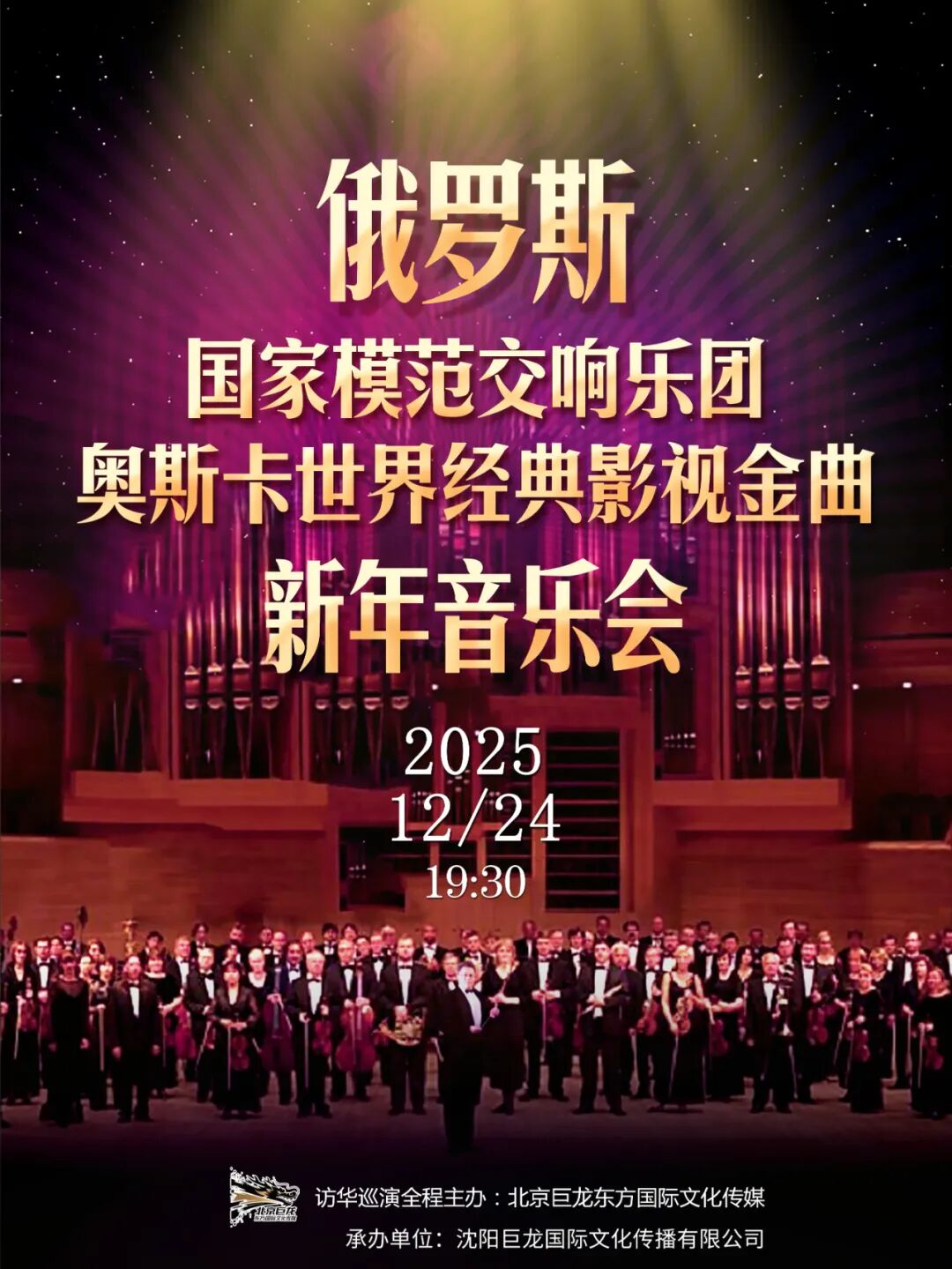
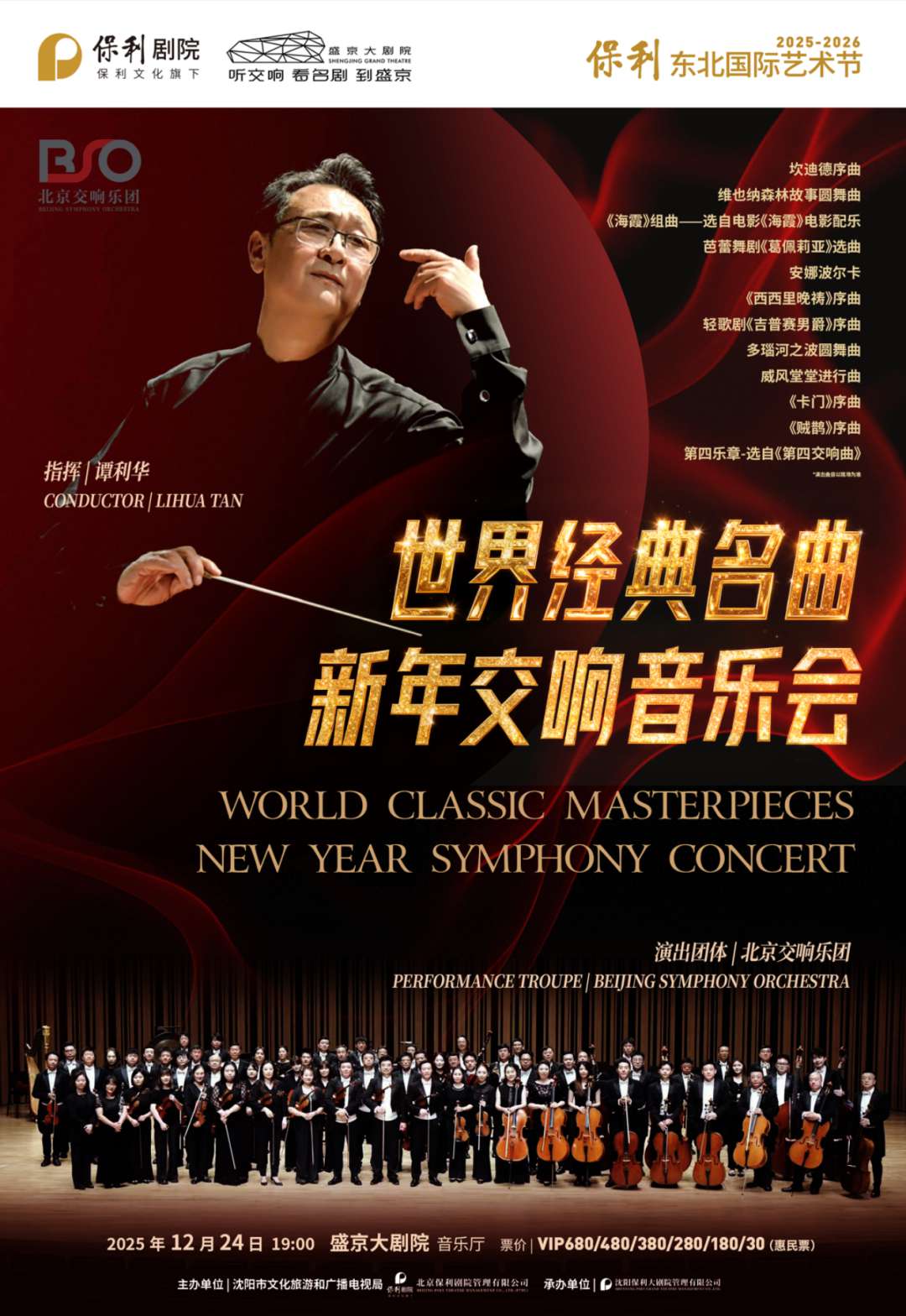



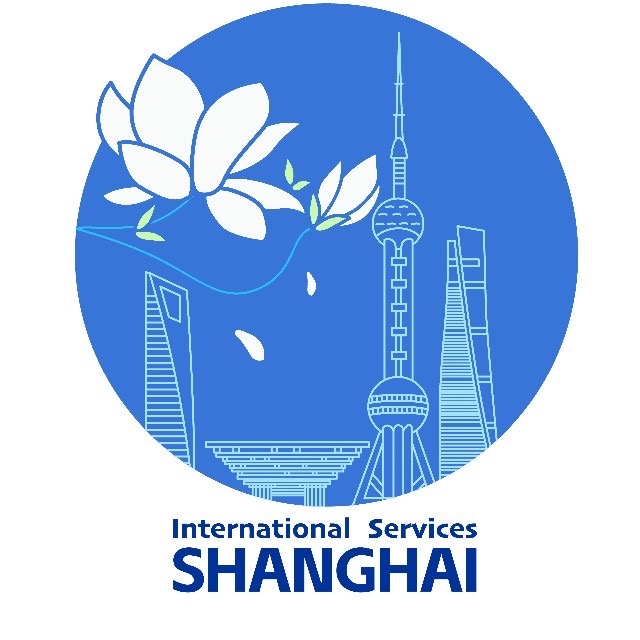




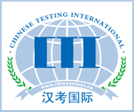
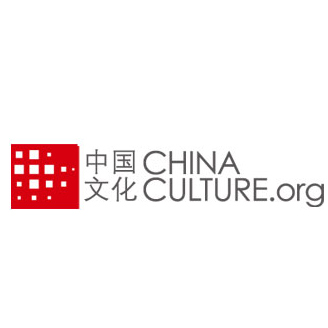
 京公网安备
京公网安备